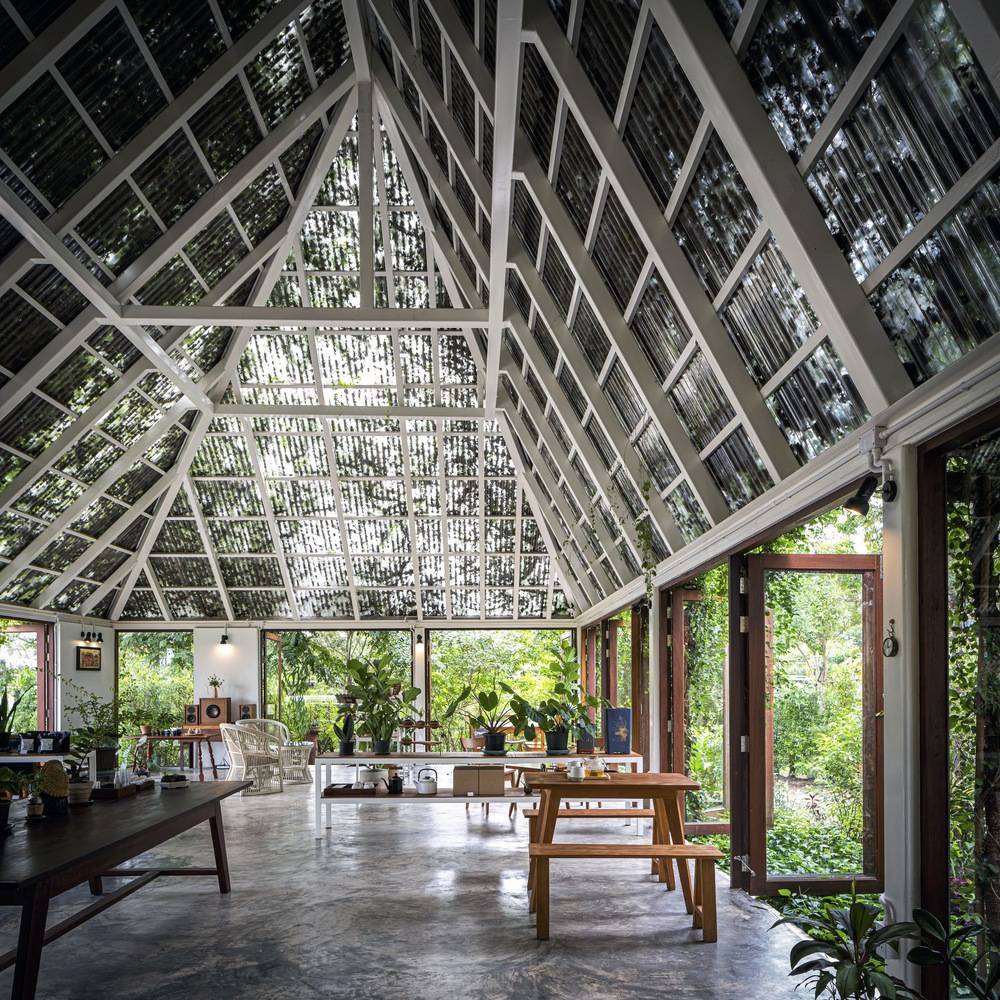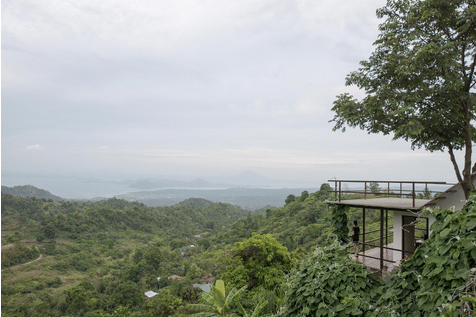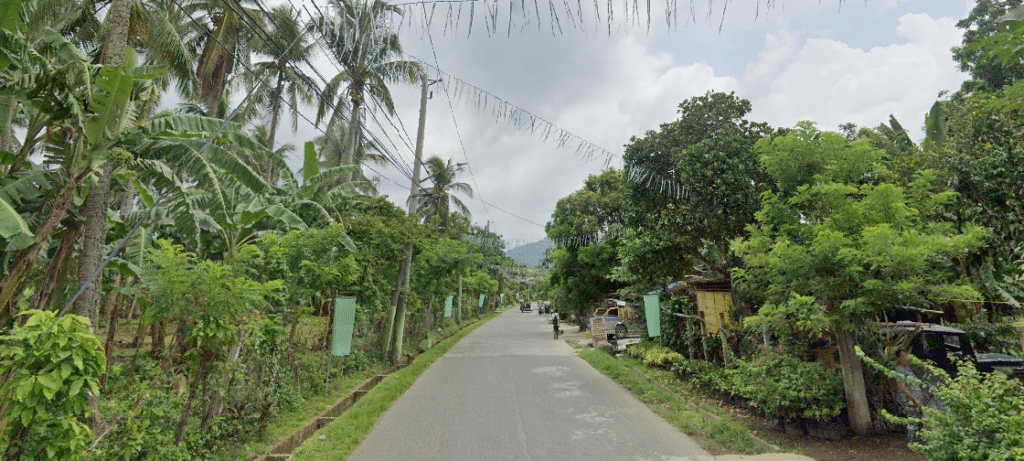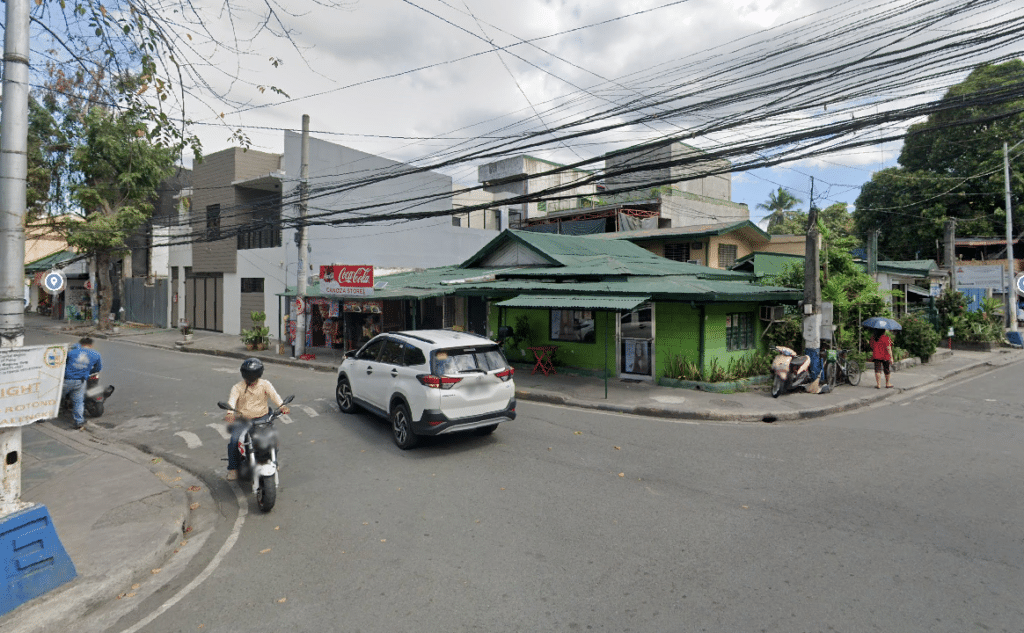Designing for disaster resiliency
The recent typhoon—which once again brought Metro Manila and surrounding provinces to their knees due to flooding and widespread devastation—serves as a stark reminder of how the dire state of our environment is coming to hit us all back at every facet of our lives.
At the same time, it raises an important question: how can we ensure the safety of our communities and homes in the face of the seemingly inevitable?
On one hand, it can be frustrating since true, widespread disaster-resilience and sustainability must be driven by government policies that should protect forest covers and promote progressive, environment-friendly urban and rural developments.
On the other hand, we often underestimate the impact that individuals, groups, businesses, and institutions can have. Collective action can start at the community level if enough people commit to minimizing their environmental impact, responding to environmental needs, and even working towards regenerating the environment.
Here are a few pointers to get started.
Choose the right site

Design that responds and even works with the unique conditions of a site can work wonders in terms of disaster resiliency.
Probably the simplest yet most important factor in helping ensure the safety of any structure from natural calamities—or at least minimize the impact of natural calamities—is to choose its site carefully.
One obvious way to do this is to choose properties that are not located in disaster-prone areas as much as possible. If the land has already been purchased, a thorough site analysis should guide the placement and planning of the structure. Also, it’s crucial not to add to the problem by avoiding building on vulnerable sites or in areas that could worsen conditions for those in the downstream.
Take note of vulnerabilities
Is the site prone to flooding? What is the highest historical flood level? Are there areas susceptible to landslides? Can these be avoided? If the terrain is sloping, could water flow dramatically from higher areas? Where are the likely water channels? In coastal areas, what are the chances of storm surges, and can the structure be located above the historical high level?
These questions, among others, should be included in the design process.
Design with nature
Designing with nature, rather than against it, can have significant benefits.
Minimizing paved areas allows more rainwater to seep into the ground, reducing runoff and easing the load on public drainage systems. Minimizing sun exposure through building design, shading structures, or natural vegetation can reduce heat gain. Coupled with optimizing window placement for maximum cross ventilation, this approach keeps buildings cooler during extreme heat events like El Niño and reduces the need for mechanical ventilation, thus cutting associated costs to keep such systems going.
Respect what nature has already placed
Trees and other natural plants onsite should be respected and treated as assets in design as they play an important role in regulating the local ecosystem, making it suitable for life to flourish–on top of the more obvious benefits such as providing shade, cooler temperatures, and visually pleasing surroundings. All these benefit physical and mental health.
For example, trees, whether large and old or small and young, play a crucial role in managing water within an area, preventing catastrophic runoff and localized or large-scale flooding. Their leaf litter and branches keep the ground spongy and covered, while their crowns break the fall of raindrops. Trunks and leaves store vast amounts of water, slowing down water flow and increasing onsite water retention. All these will significantly help minimize soil erosion, prevent flooding, and ensure abundant sub-surface water, benefiting all plants and people who rely on groundwater.
Prioritize the necessary over the superficial
People have a tendency to spend on looks rather than what they really need, and this phenomenon can also be seen when they pursue the building of developments and structures.
If you’re working on tight budgets, priority should be given to materials and finishes that will contribute to ensuring that buildings are wholesome, livable and safe. These items should also help address the unique vulnerabilities and conditions of the site.
For instance, instead of spending on that music room you’ve always dreamed of, you can use that money instead to elevate the entire structure since flooding is often an issue in your area. Instead of that fancy, remote-operated garage gate, you can spend the money instead to add a roof aperture to allow natural light in and to let hot air out.
Engage the right team
While a good owner will want to be knowledgeable in all the things we have discussed so far, bringing in the right people–like-minded, licensed, reputable, and responsible design professionals, specifically–is critical in ensuring that your vision becomes a reality, and will be well worth the investment.




